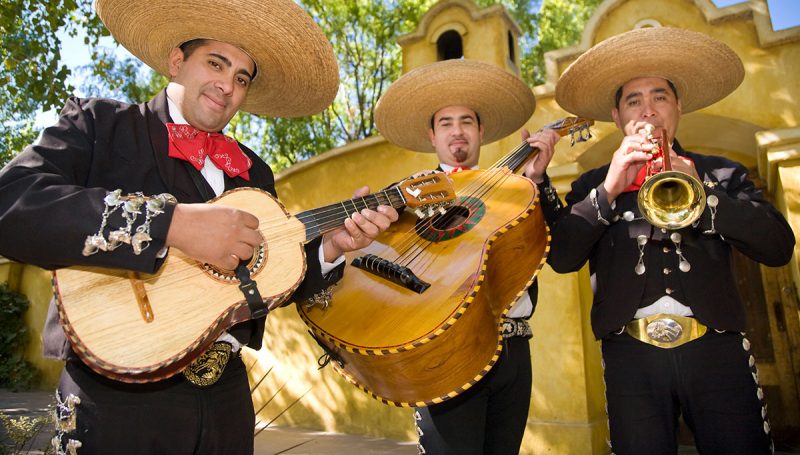Mexican Culture
Summary
Languages
Although Mexico is a diverse country, the overwhelming majority of them
speak Spanish. According to a study, Spanish is spoken by 92.7 percent of the
population. About 6 percent of the population speak Spanish and one of the
indigenous languages such as Mayan or Nahuatl.
Religion
Much of Mexican culture revolves around their religious values, family
and inclusiveness. Most Mexicans have identified themselves as catholic though
many have included pre-Hispanic Mayan elements as part of their faith. There
are also smaller communities of Jews, Muslims and Buddhists
Values
Family is a very important element in their society. Especially outside
of the city, family groups are very large and have many responsibilities
towards them. Parents are really respected. A large event is the quinceañera which
celebrates a lady’s 15th birthday. It signifies their transition
from girlhood to womanhood. the party includes an elaborate dress for the girl
of honour, food, dancing, friends and family. The girl is accompanied by maids
of honour and chambelánes (chamberlains).
Food
Arts
 Clay
pottery, embroidered cotton garments, wool shawls and outer garments with
angular designs, colorful baskets and rugs are some of the common items
associated with Mexican folk art. Millennia-old traditions continue in
silver-smithing, mosaics, textiles, pottery and basket-weaving. The country is
closely followed by Mariachi style music. Originating in the southern part of
the state Jalisco sometime in the 19th century, it involves a group
of musicians — playing violins, guitars, basses, vihuelas (a five-string
guitar) and trumpets — and wearing silver-studded charro suits and elaborate
hats. "La Cucaracha" is a well-known Mariachi staple. Two
of Mexico's most famous artists are Frida Khalo and Diego Rivera. Their
paintings include vibrant colors and depictions of life in Mexico. Rivera
was a pioneer of Muralism, a movement that used expansive wall art to educate
the people.
Clay
pottery, embroidered cotton garments, wool shawls and outer garments with
angular designs, colorful baskets and rugs are some of the common items
associated with Mexican folk art. Millennia-old traditions continue in
silver-smithing, mosaics, textiles, pottery and basket-weaving. The country is
closely followed by Mariachi style music. Originating in the southern part of
the state Jalisco sometime in the 19th century, it involves a group
of musicians — playing violins, guitars, basses, vihuelas (a five-string
guitar) and trumpets — and wearing silver-studded charro suits and elaborate
hats. "La Cucaracha" is a well-known Mariachi staple. Two
of Mexico's most famous artists are Frida Khalo and Diego Rivera. Their
paintings include vibrant colors and depictions of life in Mexico. Rivera
was a pioneer of Muralism, a movement that used expansive wall art to educate
the people.
Clothing
Traditional Mexican clothing
for women includes a sleeveless tunic-like dress called a huipil, according to
Don Quijote Spanish School. Originally, these cotton dresses were made
very simple with garnishes of color. However, traditional Mexican women´s
clothing now regularly includes lots of ornate embroidery, often including
images and patterns that have symbolic meaning attached to them.One distinguishing
article of traditional men's clothing is a large blanket cape called a sarape.
Boots are also a wardrobe staple. The charro suit, with its origins as the
outfit worn by Mexican cowboys, is most associated with Mariachi musicians. The
suit is also an acceptable substitute for a tuxedo at formal events in Mexico.
The charro suit includes the sombrero, a wide-brimmed hat that provides plenty
of shade.
Holidays and
celebrations
references
•Livescience.com
•Wikipedia
No comments:
Post a Comment